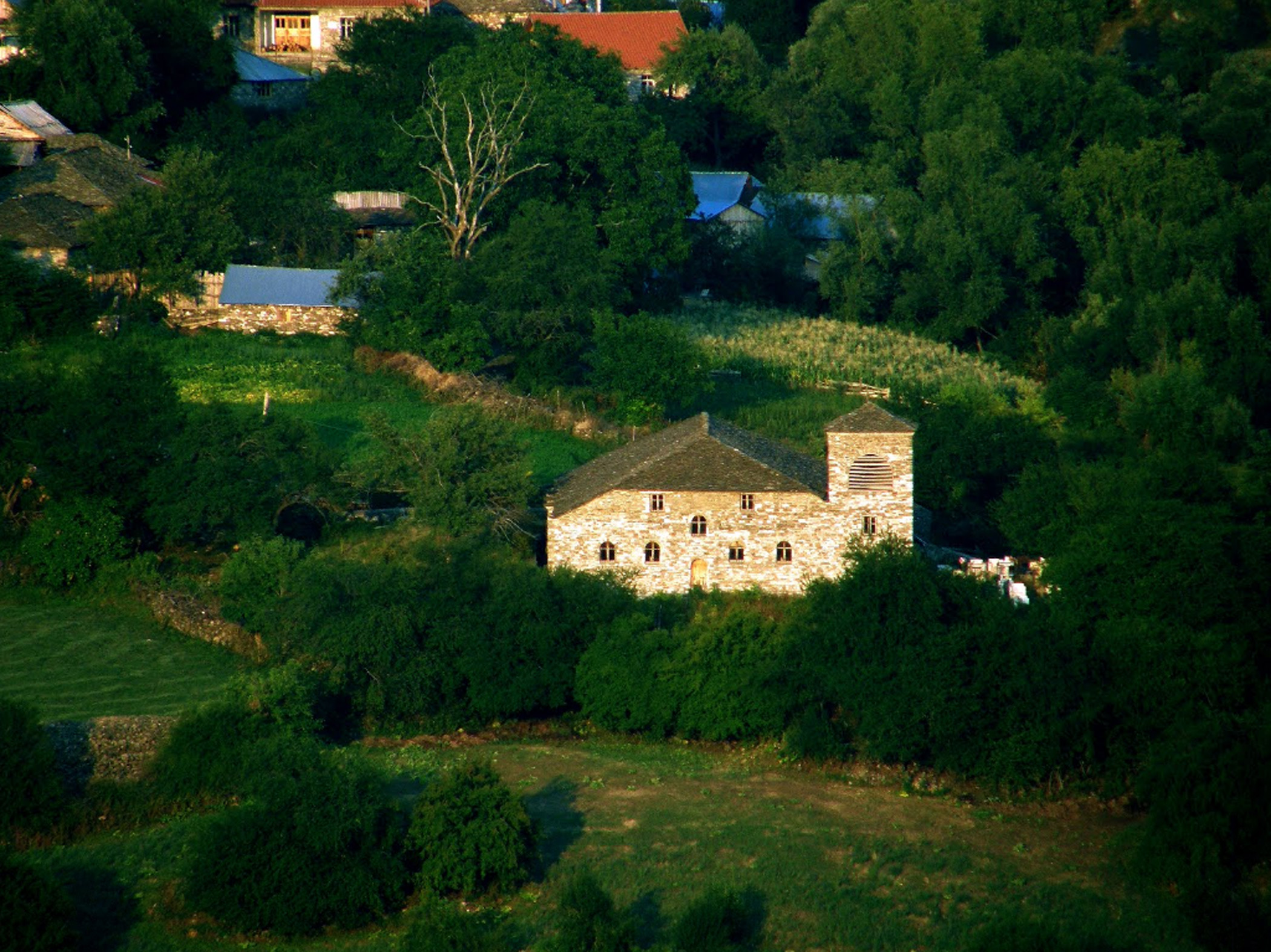TIRANA, August 28
Grabova is a village in Gramsh municipality, Elbasan county in the south-east of Albania. It consists of two smaller villages: Upper Grabova and Lower Grabova. The village is 44 km away from Gramsh, and 170 km away from the capital city, Tirana. The Upper Grabova remains a mister to this day. Grabova is an ancient village, inhabited by Aromanians, that during the centuries have abandoned it and nowadays only a few families from this community still live there. The village has an interesting centuries-old culture, but also beautiful and pristine nature, because of the road that has not been paved since in the Middle Ages, where there passed one of the branches of Via Egnatia (Road Egnatia), that connected Voskopoja with the surrounding areas.

History
An ancient settlement that oscillates between two empires, Roman and Byzantine ones, but especially known for the big development that the village had between the 14th- 17th centuries. It is mentioned for its natural beauties, churches, bridges, cobbled streets, and old taps. In the Middle Ages, Grabova was the capital for these villages: Verca, Sulova, Lenia, in Gramsh. Upper Grabova, played an important role as the second center, after Voskopoja, with a special status, depending directly from Valide Sultan, which was the mother of the reigning Ottoman Sultan during that time.

Grabova had the full characteristics of a town, during the 17th century. The development of the trade relations and farming, caused Grabova to expand its products beyond Gramsh territory, as far as North Macedonia and Greece. In this development process, it took importance the culture and education. The tradition in the construction field would be displayed in the Churches of Shen Kolli (Saint Nicholas) and Church of Shen Parashqevi or Shen Premtes (Saint Paraskevi).
According to historical data, but as well from the stories of the old people in different times, at the peak of its blooming, Grabova had around 2000 families, and one-quarter of them left the village within a day around the 17th-18th centuries A.D. But even today, those few families that have remained in the village continue to preserve their customs and traditions.

The ancient bridges
The bridges with arches are another mastery of the inhabitants of Grabova. Built around the year 997 of 1st century AD, above the branches of the old road, called Via Egnatia in ancient times, the remaining bridges not only carry the history of Grabova, but they serve even nowadays for the transport of travelers and goods.

One of these bridges with arches is that one above the Sharra stream, which is 15 meters long and built with stones. In the middle of the archway, from the bottom was hanging a bell, that was moving, warning the travelers for the strong winds coming. However, even though preserved from more than a millennial, 3 out of 7 characteristic bridges of Grabova risk to collapse.
How to get there
To reach the village you have to go from Gramsh district to Lenia village, taking the long-distance bus, and from Lenia to Grabova, on foot for approximately 90 minutes, and vice versa. The trip to the village of Grabova is a real challenge and beautiful adventure, for the passionate of motorcycling or rally races. In the village, there is a cafeteria and a hotel too, for the tourists who prefer to stay overnight.

The future of this village seems optimistic. Chances are that thanks to its rich history, traditions, material and spiritual wealth, Grabova will become the center of the mountain tourism in Gramsh area, soon.
Source and Photo Credit/Gazetadita.al
Read also: ‘NatyraFest’ Gathers Nature Lovers in Gramsh
Weekend Destination: Discover the Tourism Potential of Gramsh

Leave a Reply
You must be logged in to post a comment.